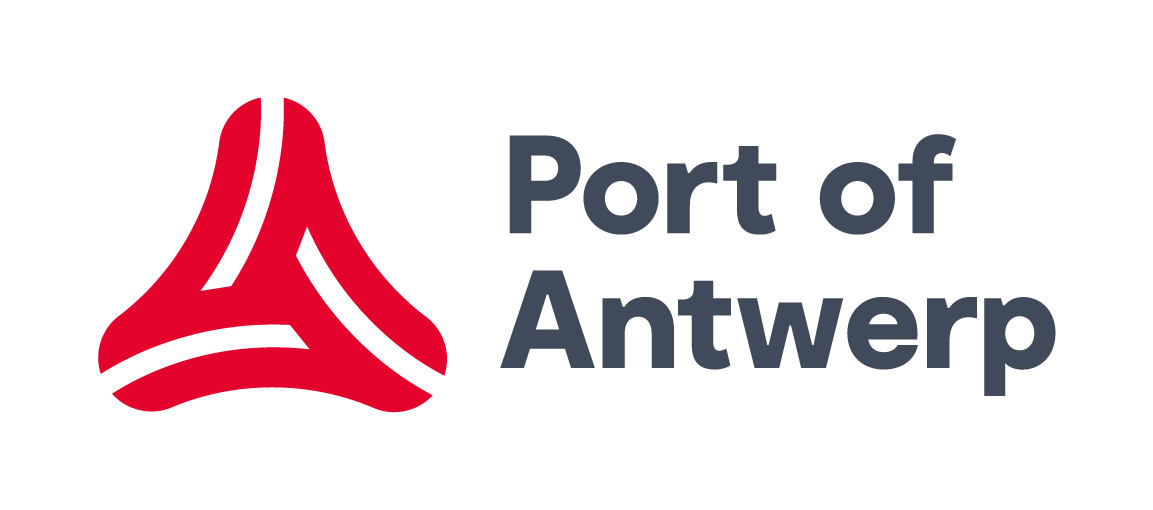Circular Cross-pollination between Chemical Companies
Port of Antwerp Supports the Development of the Circular Economy
NextGen District is looking to attract innovative businesses of all sizes. Start-ups are being given the opportunity to develop and demonstrate circular concepts, while larger chemical and industrial players will find the ideal conditions here for their sustainable business models. "It's a dream location for circular companies," said Jelle Dierckx, manager Invest & Development at Port of Antwerp.
Ideal Location
"The district is located next to the largest chemical cluster in Europe, which includes companies such as BASF, Total, Bayer, Exxon, and Ineos. That opens up a great deal of integration opportunities." For example, NextGen District companies can use residual flows such as steam, water, heat, and chemicals generated by these major players within circular processes. This is a win-win situation for all concerned: it means that producers no longer have to dispose of some of their residues themselves, while in turn, companies within the NextGen District do not need lengthy and costly transport to bring waste streams to them.
There is also the possibility of converting residual flows, after mechanical and chemical recycling, into basic chemicals that can then be reused by the chemical companies in the port. The proximity of this large chemical cluster is therefore a unique asset for the site. "By reducing circular activities to the molecular level, this cycle can be repeated infinitely," Dierckx said. "So, products are given a second, third, and even a fourth life."
Key Transport Benefits
When it comes to the supply and removal of raw materials, NextGen District is connected to various transport networks such as pipelines, motorways, railways, and, of course, waterways. In order to develop the site as sustainably as possible, Port of Antwerp is investigating which services and facilities can be organized collectively. Any firms that focus on circular processes and models, recycling, sustainability, energy transition, and reducing CO2 emissions are eligible to establish themselves on the site.
The Anatomy of NextGen District
Port of Antwerp recognizes that such specialized businesses often use new technologies that are under full development. "We give them the space they need. Circular companies don't all need large surface areas right away," explained Dierckx. "That's why we divided the district into three different areas." The DEMO zone offers a place for start-ups that are still developing innovations and may want to demonstrate proof-of-concept, while PARK provides scale-ups with extra space, and LOTS offers larger areas to industrial players.
The First Circular Candidates
In the coming years, the intention is for NextGen District to develop into a bustling circular cluster in which sustainable innovations are developed, tested, and marketed. After an initial call for applications earlier this year, Port of Antwerp announced four candidates for a concession in the NextGen District, each of which is a game changer within the circular economy.
- Novali - This company is developing and manufacturing the next generation of lithium batteries for the automotive industry and stationary energy storage.
- Biondoil - This pioneer in the development of biofuels and biochemicals is interested in installing a circular refinery on the site.
- Laupat Industries - This firm transforms used car tyres into new raw materials, such as pyrolysis oil, steel, and hydrogen. The process uses no CO2 and is energy-neutral.
- Triple Helix’ Molecules as a Service (THX MaaS) - This player is interested in converting polyurethane foam and PET trays into polyols with the SurePure pilot plant.
NextGen District in Figures
|
88 hectares |
The total area of the site, equivalent to 130 football fields. |
|
± 372,000 metric tonnes |
The amount of demolition material disposed of after the demolition of the GM buildings and facilities. |
|
80% |
The share of the materials carried over water by 400 ships to and from the site. This saved 86,000 truck journeys. |
|
250 m² |
The size of the buffer basin in which the pumped groundwater was stored for reuse during the works. |
|
397 days |
The time it took to demolish the GM site and convert it to a greenfield site. |
Apply for a Place on NextGen DEMO
In the weeks to come, Port of Antwerp will launch an ongoing consultation round to allow candidates to claim a plot on NextGen DEMO. The call is addressed to candidates who need a proof-of-concept, by means of a pilot or demo plant, in order to proceed with commercialisation of their project.
Candidates must operate in one of the following four areas:
- Waste-to-X (chemicals/fuels)
- CCU (Carbon Capture & Utilisation)
- Bio-based technologies
- Storage of renewable energy (power-to-x)
Selected candidates will be awarded a concession. More information can be found on NextGen District | Port of Antwerp.
Sponsored by





